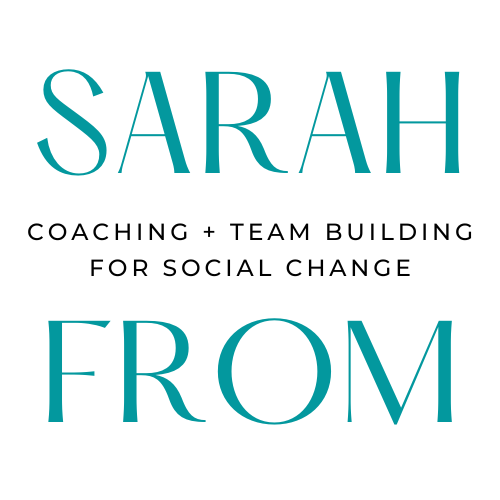'I'm too busy to plan' is one of the most unhelpful things we tell ourselves when we're overwhelmed with work. By buying into this mistaken belief we deny ourselves what we most need when we're buried in work: a little space to gain some control, perspective, and relief. It can take as little as 15 minutes to rise above the chaos and map out your day, and you don't need to lock yourself in a room with a whiteboard to make it happen. I've written before about the morning meeting with yourself, which involves taking the first few minutes at your desk to get a handle on what's ahead.
Starting even earlier in her day, a client of mine does her daily planning ritual each morning during her subway commute. She calls it The Daily Coffee Check-In. A parent who directs a national program on 3-day-a-week work schedule, she has to be strategic with her time in order to accomplish her work without it spilling over into her non-work days. So, every workday, as she juggles her coffee on the train, she fills out this checklist:
The Daily Coffee Check-In:
1) What’s lingering in my mind?
2) What do I need for meetings today?
3) What must I accomplish that can’t wait until the next day in the office?
4) When can I devote time to this? Should I reschedule anything?
5) When do I need to leave today? What time may I have tonight/tomorrow if absolutely necessary?
With these five questions, she enters her day with clear intention, a sense of her bigger picture, and a plan for getting her work done.
Inspired by my client, I set out to design my own Coffee Check-In. I came up with this:
Sarah's Coffee Check-In:
1) What's on my schedule today? How do I need to prepare for each appointment?
2) Which non-urgent project(s) do I want to make some progress on today?
3) What must I do today in order to feel today was a success?
4) When will I take a lunch break? When will I complete my work for the day?
5) What one thing have I been putting off that I will finally address today?
What questions would be on your morning coffee check-in list?


